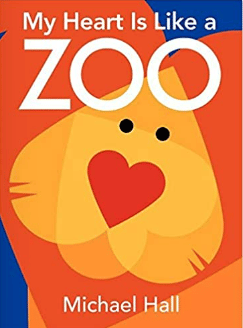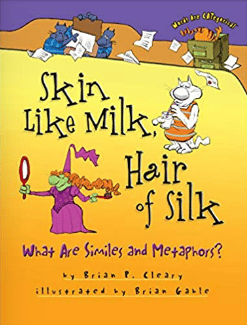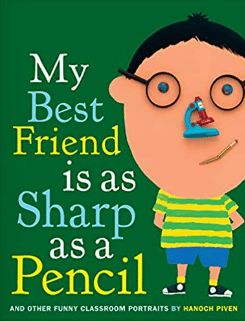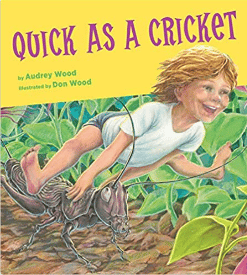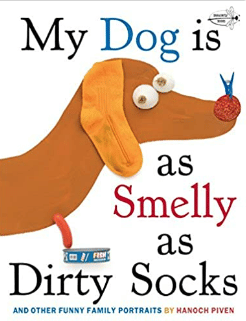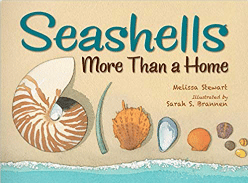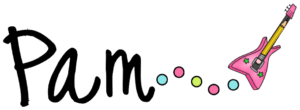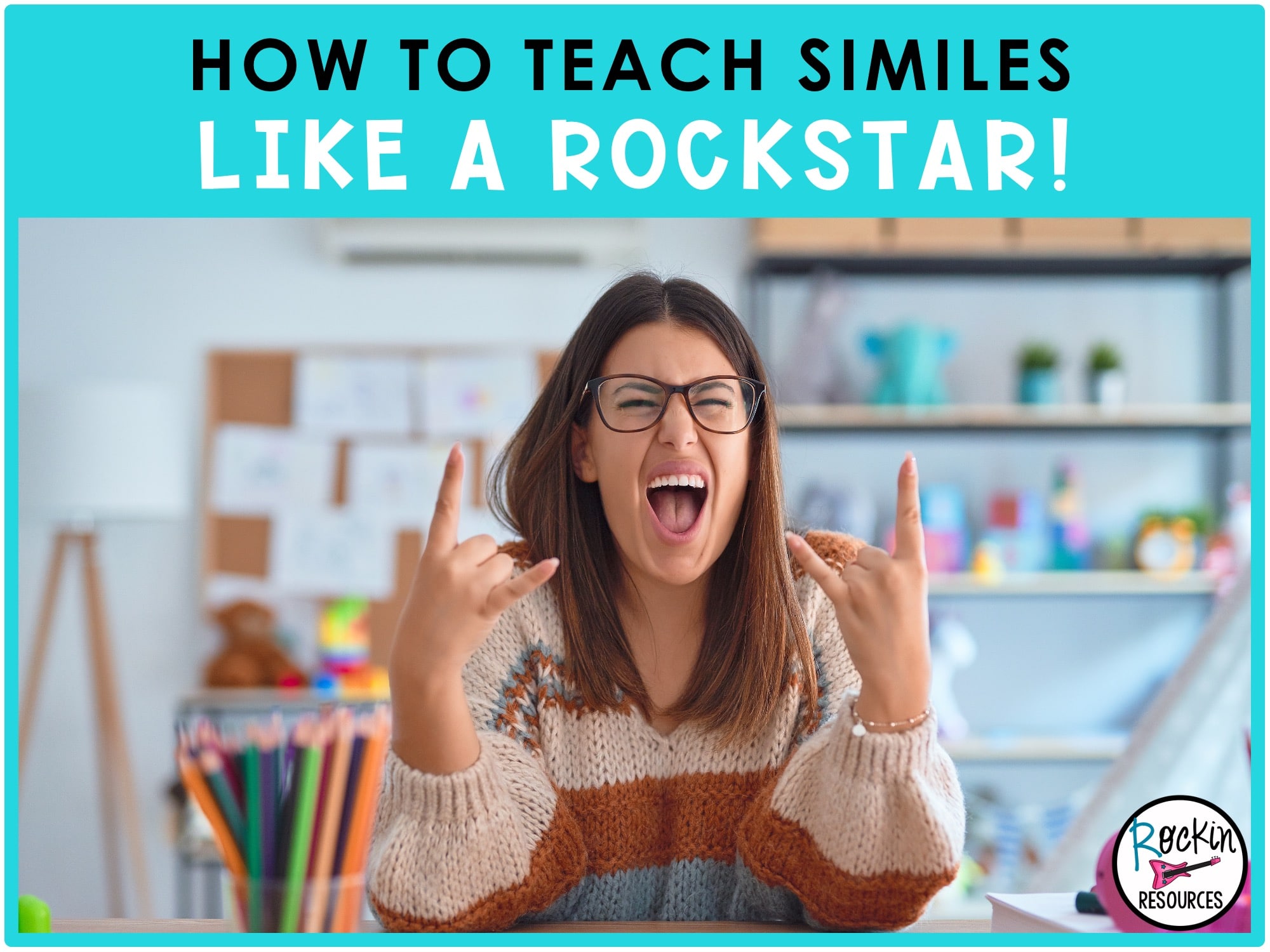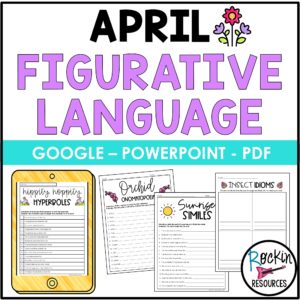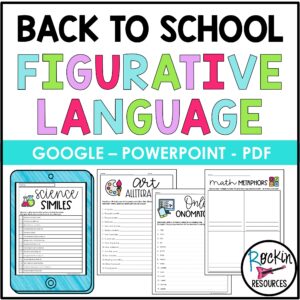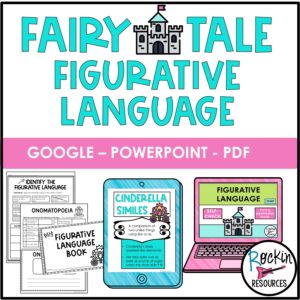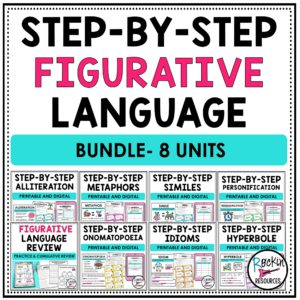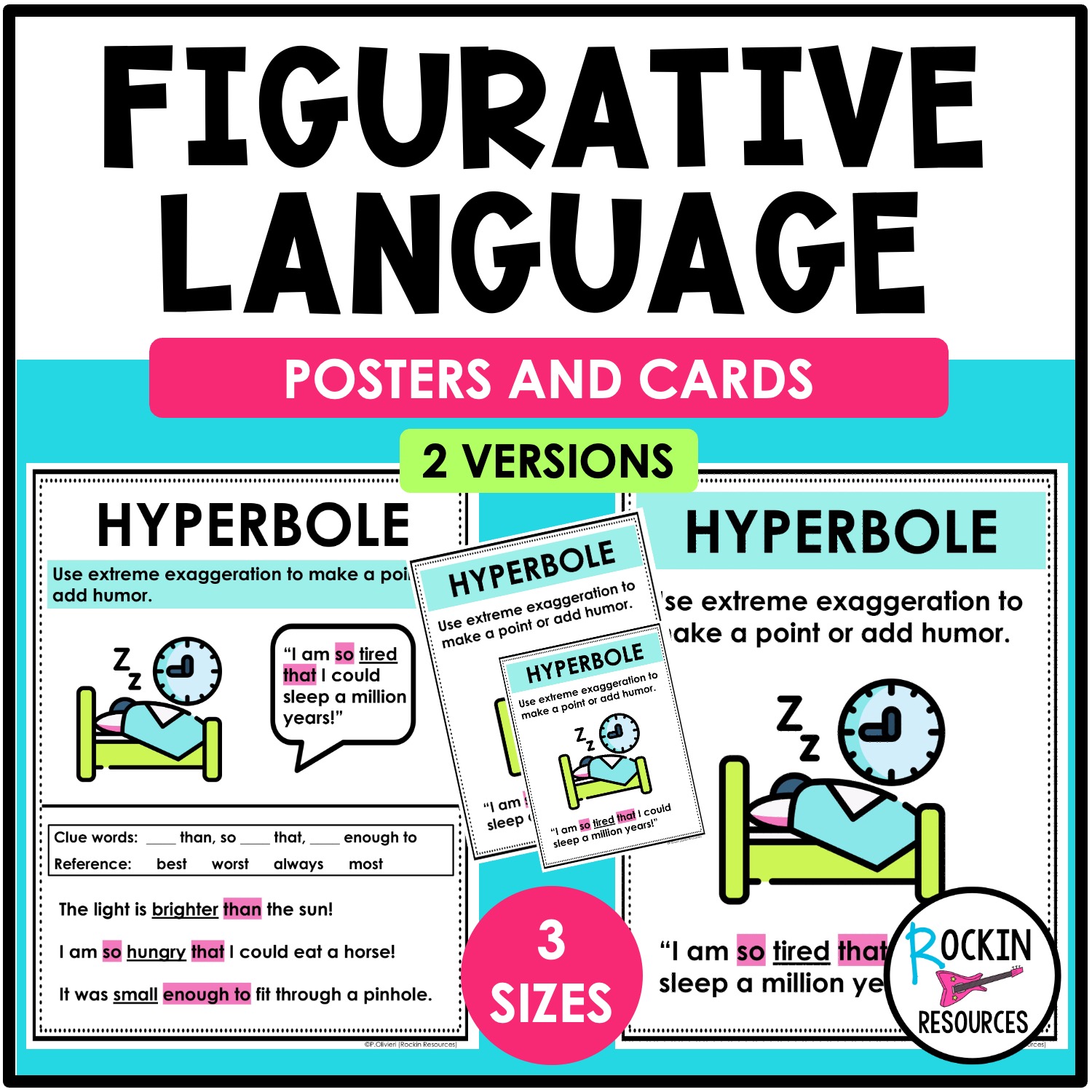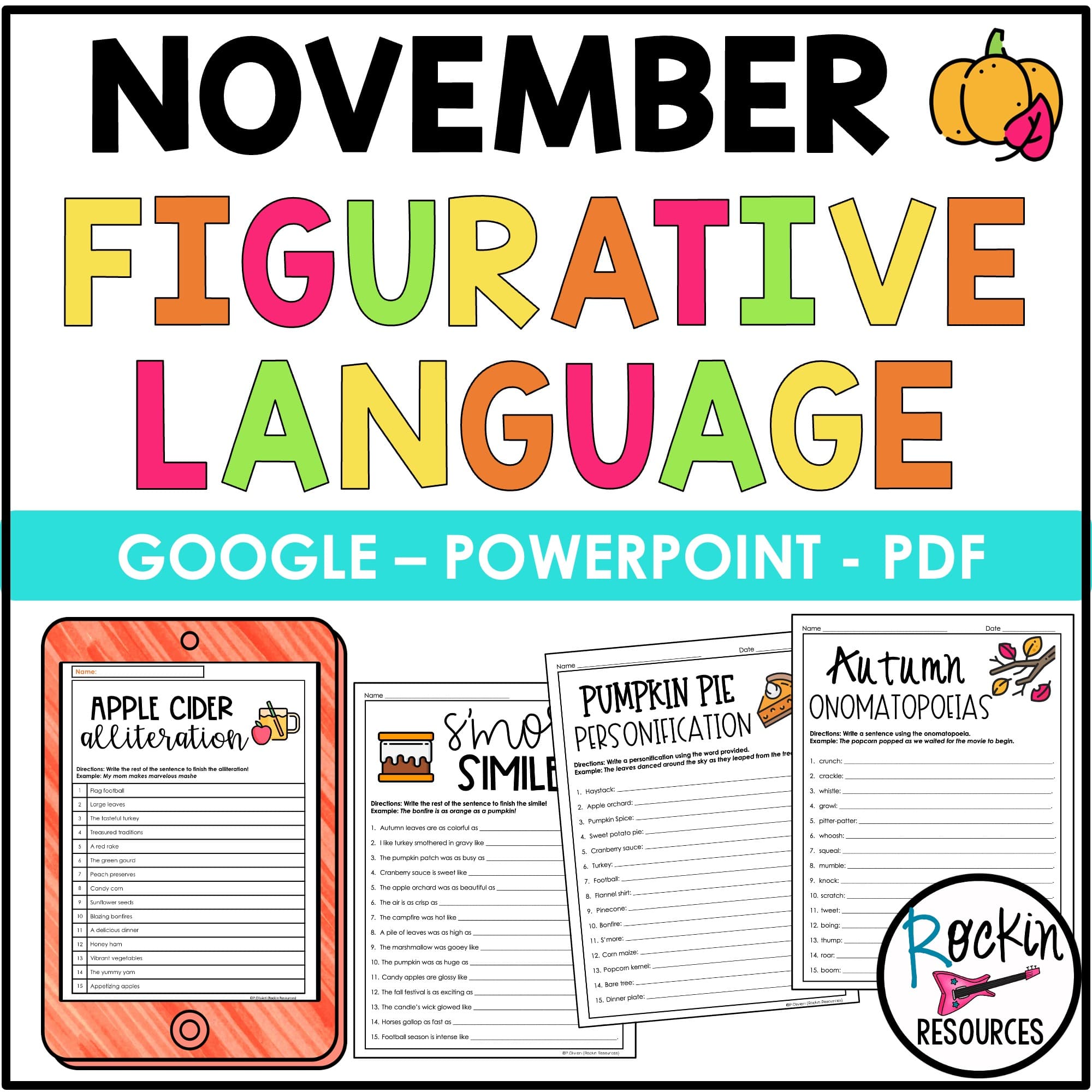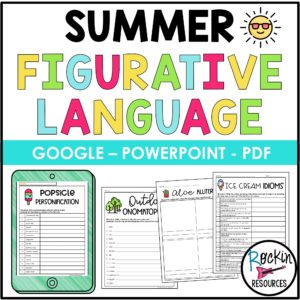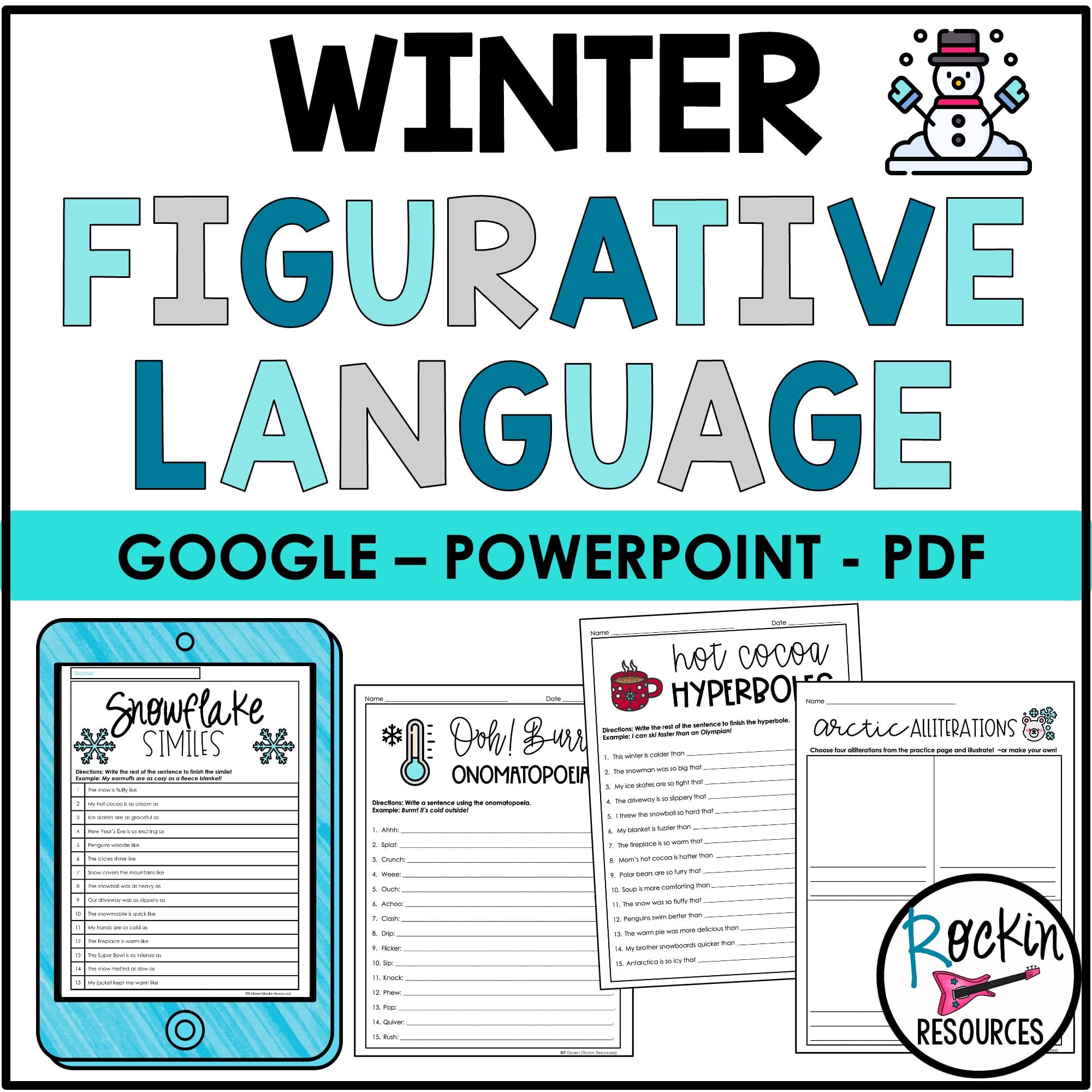Similes are an important literary element used to add color and spark to one’s writing. This type of figurative language compares two apparently dissimilar objects or concepts by using the words “like” or “as” to link together the objects for comparison. Meant to evoke a typically unlikely association between two subjects, similes are an interesting literary element that can be so much fun to teach! Use them as tools in the classroom to help students create pieces of writing that are as vivid and bright as Picasso’s artwork! Check out this list of 10 SIMILE MENTOR TEXTS THAT WILL MAKE YOU LAUGH LIKE A HYENA
This is a wonderful book for teaching young ones about what makes a simile a simile! Using “like” and “as” to compare one’s emotions to the physical and behavioral characteristics of animals, readers will feel “brave as a lion” and “cool as a penguin” while learning about this literary element.
Teacher tip: The animal illustrations in this book are all made up of heart shapes! For an engaging, literary-driven art project, provide your students with a pile of differently sized and colored hearts so that they may create their own zoo animals. Once they’ve glued together the pieces into their desired animal, have them come up with their own unique animal simile to write underneath their art. For example, “I’m as friendly as a dog!” or “I’m as energetic as a buzzing bee.”
Grammar is made fun with these clever comparisons! Whether one is “clever as a fox,” “sharp as a spike,” or has “hair of silk,” students are sure to enjoy the ability to use words in seemingly nonsensical ways. This text contains both metaphors and similes, which makes it a great book for emphasizing the differences between the two literary elements. Each metaphor and simile are printed in color, so they’re quite hard to miss, no matter what skill level the reader is at!
Teacher tip: Create an activity that requires your students to differentiate between metaphors and similes. You can pass out individual worksheets or use your big white board or Smartboard for this activity. Present an uncategorized list of examples of metaphors and similes and ask your students to go through each one to label which literary element is being used as well as why one is a simile rather than a metaphor, and vice versa. You can find worksheets like these here.
This book uses its illustrations in the meaning-making of each simile with portraits that contain everyday objects like pencils. Each portrait is made up of household or classroom items, and then a simile is used to compare the item to some personal characteristic of the person in the portrait. I.e., the portrait of the best friend who is “as sharp as a pencil” contains a sharpened pencil that stands in place for the boy’s smiling mouth.
Teacher tip: The author and illustrator, Hanoch Piven, has a website full of whimsical art that incorporates everyday objects into portraits of people. Ask your students to create their own self-portraits in a similar style based upon a simile that they create! If a student’s simile is “I am as sharp as a tack”, then their portrait of themselves should contain a tack for the nose, ears, or wherever they deem fit!
This text celebrates self-awareness and acceptance as a young boy discovers himself through descriptions of similes. Paired with gorgeous illustrations, this child journeys through the many different emotions that affect us all, wherein one day we may be “as mean as a shark” and the next “as weak as a kitten” and how that’s OK!
Teacher Tip: We are all affected by complex emotions, thoughts, and feelings, but these things are what make us who we are! Using this book as a jumping off point, each student could come up with their own bite-sized mood boards that use similes and illustrations to depict how they’re feeling each day. This works well in any social-emotional learning curriculum!
This mentor text combines similes and silliness to create a funny and entertaining picture book for learners. Hilarious illustrations capture the imagery of the similes and are sure to engage even the stubbornest of students!
Teacher tip: Provide your students with images and ask them to come up with their own similes that are relevant to the pictures. They can do this independently and then engage in a show & tell with their classmates to highlight everyone’s creativity in action.
Sami is Salma’s mischievous brother who takes advantage of every opportunity that he gets to play pranks on her. There are similes on each page, and they’re even presented in bolded text so that students won’t miss them!
Teacher tip: Reverse the roles and ask your students to come up with simile-driven pranks that Salma might play on Sami. If time allows, they can even draw up their own illustrations!
Learn some of the old American similes that have been around since the pioneer days in this whimsy mentor text. From A to Z, readers will laugh and learn from the ludicrous phrases of centuries past.
Teacher tip: The author’s note explores the origins of the expressions, adding meaning to the silly similes that are found within the book.
Author and illustrator, Hanoch Piven, features his art in conjunction with each simile by using objects to represent characteristics and personality traits of the subjects. For example, the dog is as smelly as dirty socks, and so the dog’s ear is a dirty sock! This book helps bring similes to life in an engaging way that tickles the brain.
Teacher tip: Encourage your students to create their own fun family portraits by using Piven’s artistic style. Each family member should have their own simile, as well as the simile’s object, within the illustration of the person. For example, if a student’s dad is as “tough as nails”, the student should use nails as an object within the illustration of their dad. Don’t forget to include the pets!
This non-fiction mentor text explores the many different functions of seashells with the artful use of similes and watercolor illustrations which together convey a scrapbook feel. Curious children from all around the world are illustrated observing and sketching seashells.
Teacher tip: Stick with a naturalist theme and ask your students to choose parts of nature as subjects for which to write similes and create illustrations. For example, if I chose a tree as my subject, I would write, “A tree is like a huge umbrella” and then I would draw a tree/umbrella hybrid to illustrate what I mean!
This collection of different figures of speech is perfect for any time of the year and any lesson on figurative language. This text is praised for being informative and good-humored, making it a multi-functional tool for teaching similes and other literary elements like onomatopoeia, alliteration, hyperbole, personification, and metaphor.
Teacher tip: This book contains small exercises wherein the reader is asked how they could spice up a sentence by adding figurative language. These exercises can be great for springing into a mini-lesson where students are able to put their knowledge into practice!
Similes use “like” or “as” to create a link of comparison between two seemingly dissimilar subjects in clever ways. Learning about and teaching similes can be great fun for you and your students with the right mentor texts! Check out our full list of simile mentor texts here!
Keep Rockin’,
SEE SIMILAR BLOGS:
DISCOVER RELATED RESOURCES:
-
Figurative Language Bundle
Original price was: $38.00.$18.99Current price is: $18.99. -
Monthly Themed Figurative Language Practice – Figurative Language – Holiday Figurative Language
Original price was: $19.80.$10.00Current price is: $10.00.
SHARE THIS POST ON PINTEREST:



